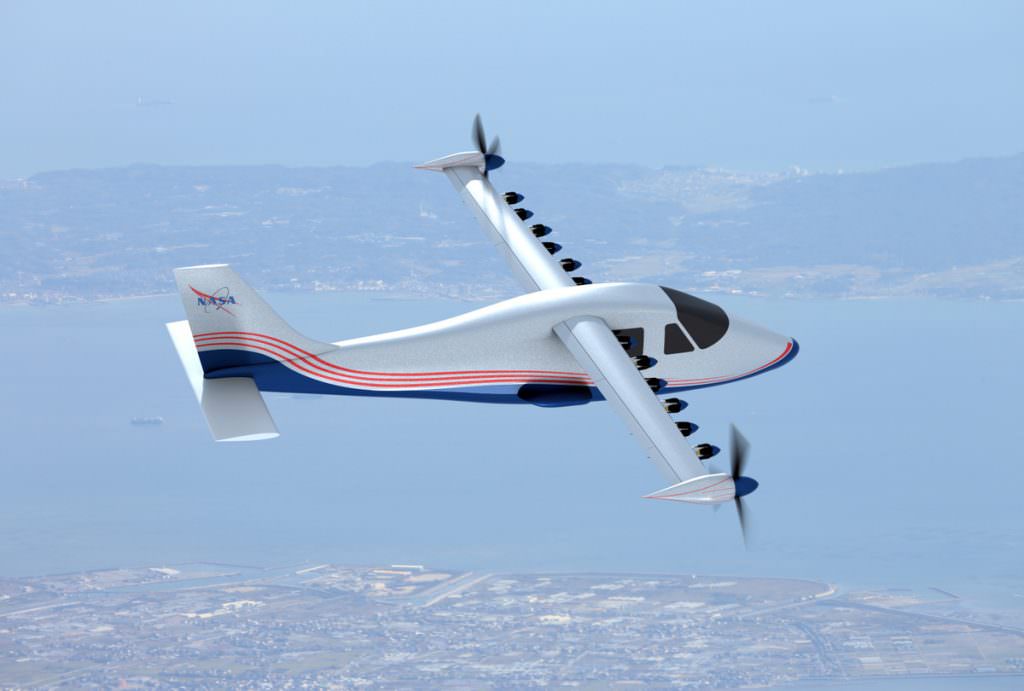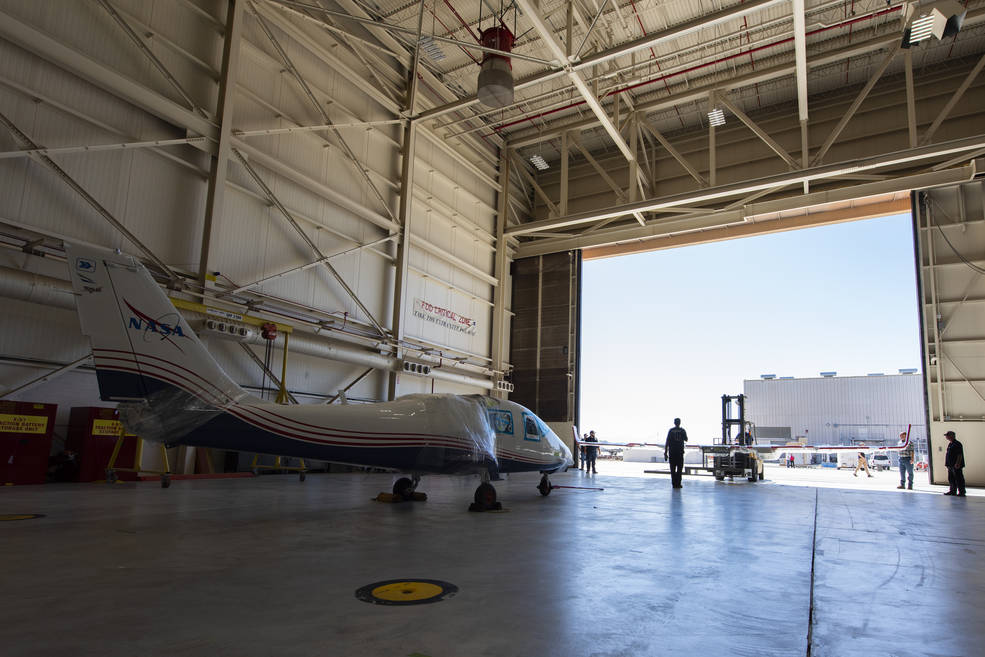Currently, commercial air travel accounts for 4 to 9% of the anthropogenic greenhouse gases that contribute to climate change. What's worse, airplane emissions are on the rise thanks to rising populations and the increasingly globalized nature of our economy. Hence why NASA has been pursuing the development of electric aircraftthese past few decades.
Much like reusable spacecraft and infrastructure, electric aircraft are part of NASA's pursuit to make aerospace cheaper, more efficient and less harmful to the environment. Their efforts bore fruit in the form of the X-57 Maxwell - the first all-electric experimental aircraft - which was recently delivered to the NASA Armstrong Flight Research Center (AFRC) in Edwards, California.
The X-57 is manufactured by Empirical Systems Aerospace (ESAero), a California-based commercial aircraft company, and is the first crewed electric vehicle to be built in two decades. The version that was delivered on Oct. 2nd is known as the Modification II (Mod II), which is one of three configurations designed.
The Mod II is essentially a baseline P2006T aircraft, a twin-engine light passenger aircraft that is designed and built by Italian aeronautics manufacturer Costruzioni Aeronautiche Tecnam. Converting it to all-electric systems was a simple matter of swapping out its traditional combustion engines for electric cruise motors.
The delivery of this aircraft is a major milestone for the project since it means that NASA engineers can begin conducting ground tests. These will be followed by taxi tests, which will eventually lead to flight tests. As Tom Rigney - the X-57 Project Manager at the Armstrong Flight Research Center-explained in a recent NASA press release:
While the X-57 Mod II is being tested to validate its key systems, the project's next phases - Mods III and IV - will continue development. These efforts well already underway and engineers at NASA's Armstrong's Flight Loads Laboratory (part of the AFRC) recently finished load testing a new high-aspect-ratio wing.
This wing is scheduled to be mounted on a P2006T fuselage to undergo fit checks at ESAero's facility and will be featured on the Mod III and IV configurations. As ESAero President and CEO Andrew Gibson announced:
One of the main goals of the X-57 project is to help develop certification standards for the rapidly-emerging electric aircraft market. In the near future, this is expected to include urban air mobility vehicles (aka. air taxis and flying cars) that will also rely on complex distributed electric propulsions systems.
As research and development continue, NASA will share the details of their aircraft's design and testing process with industry experts and aviation regulators. It is hoped that this will advance the certification process for aircraft that utilize electric propulsion, as well as pave the way for the development of aircraft that are environmentally-friendly, quiet, and cost-effective.
*Further Reading: NASA*
 Universe Today
Universe Today


